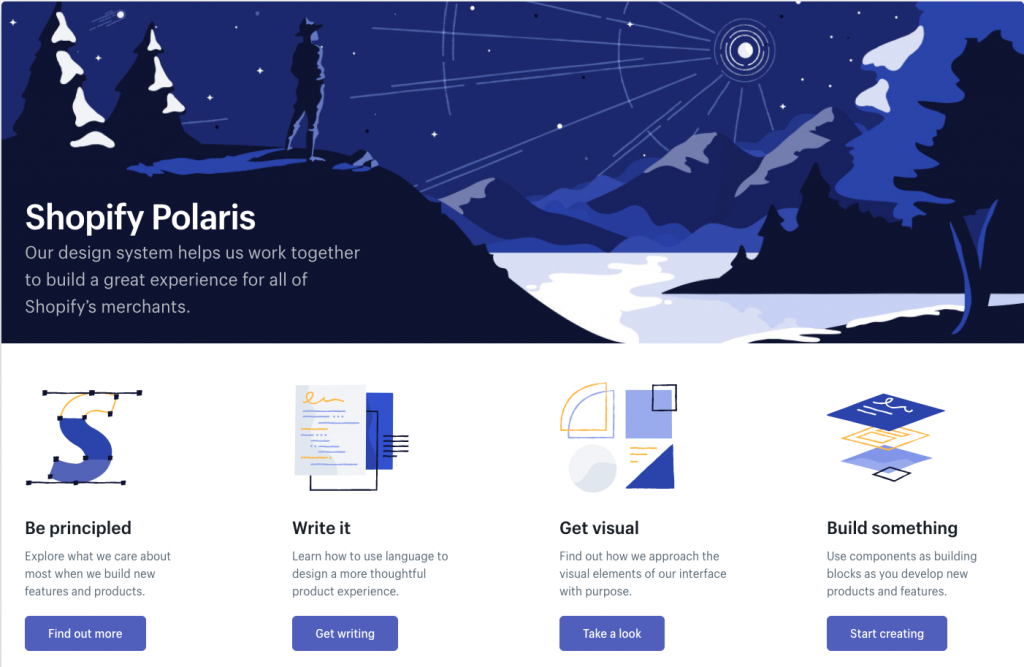In the first part of our UX in 2018 series, we explored trends that will change the priorities of developers and designers. Today, we look at what fills those designs and makes them work for users. Content has often been an afterthought in UX design, but in recent years it has taken a leading role in creating a great experience.
While nearing a graduate degree in user experience design, my professional specialty is content strategy. I have seen a rise in teams and projects using content design, structured content, or content-first approaches to ensure the development of content that can adapt to devices and new designs. Karen McGrane introduced up to COPE and adaptive content in 2012 and today Mike Atherton and Carrie Hane are teaching us about connected content. 2018 will be a year where content has a seat at the table from the beginning. It is the beginning of the end of content being an afterthought.
Two of the newest lead voices in content strategy, Scott Kubie and Andy Welfle, also shared their thoughts on content and UX in 2018.
Further content integration
Many large organizations are considering or already moving towards establishing a center of excellence model for content planning and production. What does that mean? Well, that’s the tricky part. Everyone defines it a bit differently, and folks in the same organization often aren’t on the same page about what a content center of excellence is or should do. But the basic idea seems to be: let’s make some smart, writerly folks available across products and teams, rather than resourcing them exclusively within a particular product silo. It’s a good instinct, generally, and in my opinion a positive trend. But it’s also the kind of thing that requires careful planning, research, and expert guidance. Just a few of the challenges: estimating capacity, balancing competing priorities from different teams, dealing with content “emergencies,” dealing with teams that bring you solutions (e.g. we need a video) rather than needs.
I was intrigued by the writing lab model presented by Kate Garklavs of 18F at Confab Central in 2016. It addresses many of the goals organizations cite as a reason to create a center of excellence, but seems a bit more manageable, especially for your first go of it.
The rise of the UX writer
Whether you call yourselves a product writer, a UX content strategist, a content designer, or some other variation on that theme, 2018’s looking like it’ll be a great year for our niche industry.
While I still don’t think this will be the year we agree on a common term to describe ourselves, I do think we’ll see growth and cohesion. Here are a couple trend predictions for 2018.

We’ll grow like never before. Forward-looking design teams like at Facebook and Shopify have known for years the value a UX writer or content strategist can bring, and have beefed up their headcount accordingly.
But recently, old-school companies (like Adobe; my employer) have seen the clarity and consistency we can bring to the language and information hierarchy of a product. I don’t have industry-wide headcount numbers in front of me, but anecdotally, I see so much growth.
Next, we’ll integrate more cohesively with design teams. Traditionally, most product writers come from marketing, as an extension of efforts to message and promote digital products and features within products. But as design systems become more important to web and digital product companies, a need for a strong UX-focused language strategy grows, too. So we’re increasingly being organized into design teams to make it easier to collaborate with visual and interaction designers. To me, it feels like a trend that will only go up and to the right next year.
As Steph Hay, the head of conversation design for Capital One says,“words are our lowest cost, lowest risk way to design.”
Cost and risk are compelling arguments, so that’s a perfect reason to include a writer in the earliest stages of design work, while interfaces are still squishy and in the early stages of iterations.
What do you think?
Let us know your thoughts on UX content in 2018 in the comments below.